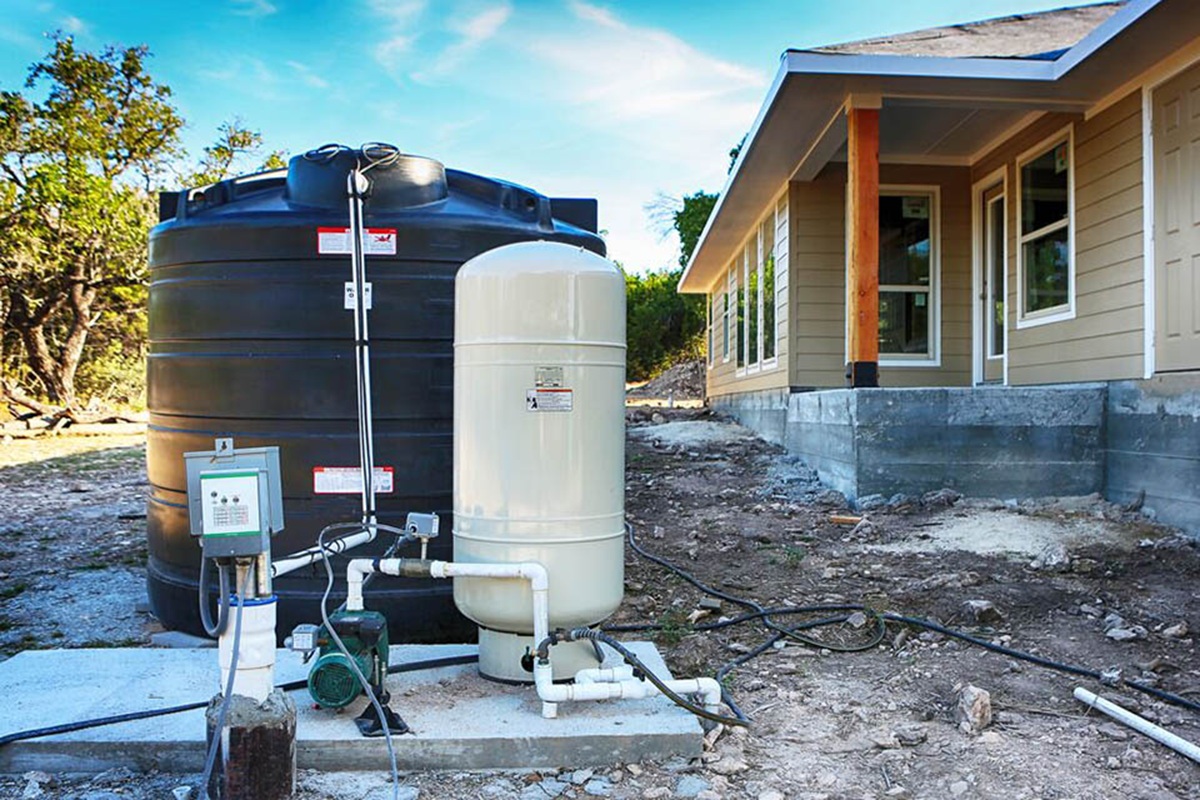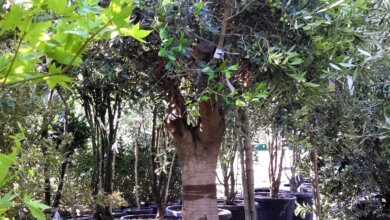
Replacing siding is one of the biggest upgrades you can make to your home’s exterior. It changes the look, helps protect from weather, and improves insulation. But before starting the work, most people want to know one thing—how much does it cost?
This guide explains the different factors that affect the cost of siding replacement. From home size to materials and labor, we break it down in simple terms. If you’re thinking about new siding in the Pittsburg area, this guide will help you plan better.
Why Homeowners Choose to Replace Siding
Siding doesn’t last forever. Over time, it can crack, fade, or rot. When that happens, your home becomes harder to heat or cool. Moisture may also find its way inside the walls.
Some people replace siding to fix damage. Others do it to update their home’s appearance. In either case, siding adds both function and value. It’s often one of the first things people notice when they drive by or visit.
Factors That Affect Siding Replacement Cost
1. Size of Your Home
The larger your home, the more siding it needs. Most siding is sold and installed based on square footage. A small one-story home may need 1,500 to 2,000 square feet of siding. Larger homes can go well beyond that.
Larger homes also take longer to complete, which adds labor time and cost.
2. Type of Siding Material
Your choice of material makes a big difference in total cost. Here are some of the most common types:
Vinyl
Vinyl is one of the least expensive options. It’s light, comes in many colors, and holds up fairly well. It also doesn’t need much upkeep.
Estimated cost: $4 to $7 per square foot (installed)
Fiber Cement
Fiber cement is tougher than vinyl. It stands up to rain, wind, and fire better. But it’s heavier and more labor-intensive to install.
Estimated cost: $6 to $12 per square foot (installed)
Engineered Wood
This option gives a wood-like look but lasts longer. It’s more resistant to bugs and moisture than real wood.
Estimated cost: $7 to $11 per square foot (installed)
Labor Costs in Pittsburg
Labor is another key part of the total price. In Pittsburg, siding installation rates can vary based on the company and job complexity. If old siding needs to be removed first, labor costs will rise.
Most installers charge either by the hour or per square foot. You might also pay more if the home has odd shapes or lots of windows that need trimming around.
Estimated labor cost: $1.50 to $3 per square foot
Some homeowners choose to install siding themselves. While this saves on labor, it may take longer and can lead to mistakes. Professional work often gives better long-term results.
Other Costs That Can Add Up
1. Removing Old Siding
If your home has old siding that must be taken off first, that adds time and cost. Some materials come off easily, while others require more effort. The average cost for removal ranges from $1 to $2 per square foot.
2. Repairs Underneath
Once the old siding is off, problems underneath might show up. Rotted boards, water damage, or insect problems need to be fixed before the new siding goes on. These repair costs can add a few hundred dollars or more to the job.
3. Insulation Upgrades
Some homeowners use this time to upgrade wall insulation. If your walls aren’t well insulated, adding foam board or house wrap can help lower heating and cooling costs later.
How Material Choice Impacts Long-Term Value
Not all siding lasts the same amount of time. Picking a cheaper option may save you money now, but it might not last as long. Below is a quick look at the lifespan of popular siding types:
- Vinyl: 20–30 years
- Fiber Cement: 30–50 years
- Engineered Wood: 20–30 years
Think of siding as a long-term investment. It protects your home from the outside and may even raise resale value. Choosing the right one depends on both your budget and how long you plan to stay in the home.
Weather and Siding Life in Pittsburg
Pittsburg has cold winters, wet springs, and warm summers. That weather mix affects how long siding lasts and how much upkeep it needs. Vinyl may crack in freezing temps. Wood can rot with too much rain.
That’s why choosing siding built for local weather matters. Good siding stands up to snow, wind, and changing seasons without breaking down quickly.
Homes in the area can benefit from weather-resistant siding that keeps moisture out and heat in. While this might cost more upfront, it often means fewer repairs and better comfort year-round.
Permits and Inspection Fees
In many Pittsburg neighborhoods, you’ll need a permit for siding work. Permit fees vary by location and job size. You might also need to schedule a building inspection afterward.
Permit costs usually range from $50 to $250, depending on the township. It’s important to check with your local office before starting any work.
Some contractors include permit handling in their price. Always ask if it’s covered in your quote or if it’s something you’ll handle on your own.
Pros and Cons of Each Material
Here’s a clear look at the advantages and disadvantages of popular siding materials:
- Vinyl
- Pros: Budget-friendly and requires low maintenance
- Cons: Can crack in very cold weather
- Fiber Cement
- Pros: Very strong and stands up well to weather conditions
- Cons: Heavier material and usually costs more to install
- Engineered Wood
- Pros: Offers a natural wood look and resists insect damage.
- Cons: Requires some upkeep over time to maintain appearance.
Choosing the right siding depends on what matters most to you—whether it’s cost, appearance, or durability.
Final Thoughts
When it comes to siding replacement in Pittsburg, costs can vary widely based on many factors. The size of your home, the material you pick, and how much labor is involved all play a role. Unexpected repairs or upgrades can also change the price.
The right siding not only improves how your home looks but also protects it through all four seasons. Picking a good option now can save you from trouble down the road.
Always compare quotes and ask what’s included. That way, you can avoid surprise costs and get siding that fits both your home and your budget.







